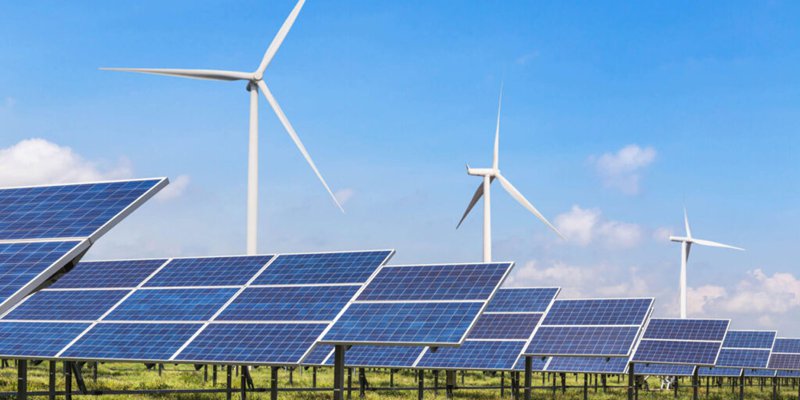In this article, we will discuss the role of CNC machining in the Energy sector and its benefits.
CNC Machining Plays Important Role In Renewable And Non-Renewable Energy Sectors
Almost every energy project offers chances for CNC machining. But for the sake of this article, we’ll concentrate on the four major energy categories, including hydro, solar, wind, and non-renewable energy.
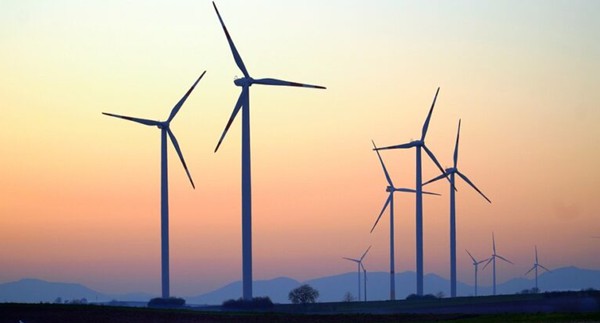
CNC Machining for Wind Power Sector
Wind energy production necessitates robust components that can withstand extreme stress while maintaining high precision. Most of the crucial driving components and blades found inside the nacelle housing of the turbine are among the most prevalent wind turbine parts created using CNC machining.
These driving components include gears, gearbox housings, rotors, main shafts, generator frames, braking components, Hubs and YAW system components.
Asides from producing driving components, CNC machining also facilitates the production of the enormous pitch bearings required as part of the wind turbine’s blade angle adjustment system. Adjusting the blade angle to suit shifting wind conditions makes these bearings crucial to the turbine’s capacity to function optimally and safely.
CNC Machining for Hydro Power Turbines
Hydropower turbine parts are ideal candidates for CNC machining due to their large size and the accuracy and durability required. Parts like bushings, shafts, and turbine housings are frequently constructed using materials that resist water damage and extreme pressure, like stainless steel. Besides, stainless steel and steel alloy are materials that also work well with CNC machining.
In addition to producing turbine parts, CNC machine shops can fabricate and mill gates for dams and hydroelectric plants. What’s more, It is important to note that only CNC machines with the ability to turn and grind larger pieces of various sizes can be used to create the parts, such as hydroelectric turbines.
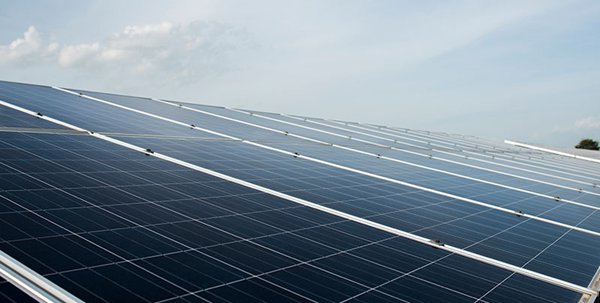
CNC Machining for Solar Power Components
It’s a common misperception that solar panels are the most crucial component of the complete design for solar energy generation. The truth is that every part of the assembly, including the solar panels, frames, foundation, and rails, impacts the power generation process. Furthermore, since solar panels are intended for outdoor use, selecting a material that can withstand deterioration is wise.
Additionally, despite several difficulties, there are a lot of CNC machining solutions for energy production components. CNC technology has the versatility to work with various materials when making parts. However, a few CNC milling and drilling machines are created specifically for making solar panel parts.
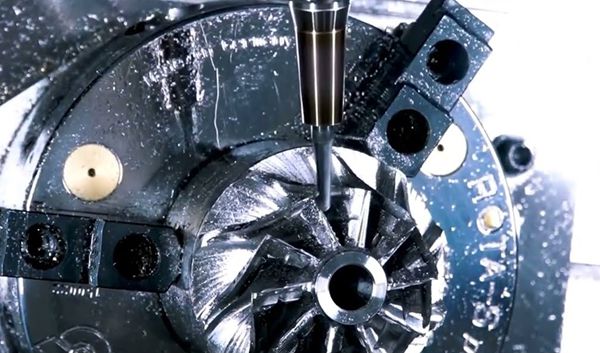
CNC Machining for Non-Renewable Energy
CNC machining has become one of the ultimate manufacturing processes for non-renewable energy parts. This is because most industries, like the oil, and coal industries, can use this process source to produce their parts.
The different CNC machining processes facilitate the production of intricately formed and designed metal parts because of their outstanding adaptability and compatibility with various products. Additionally, these machines offer a remarkable cutting speed that helps with time savings while promoting the energy efficiency of manufacturing.
Benefits Of CNC Machining For The Renewable Green Energy Industry
The CNC machining technique substantially aids in the development of renewable energy systems due to its higher quality and efficiency. Below are some benefits of CNC machining for the green energy industry.
Extreme Precision Parts
One of the many advantages of employing a vertical CNC machining center is high precision and accuracy. High-precision parts are routinely produced using CNC machining procedures, making parts that meet industry standards simple.
In addition, CNC precision machining helps eliminate human error. After correctly setting up the cutting parameters, depending on the operator’s skill, the machine runs automatically afterward. The ability of this CNC machine to run automatically ensures there are no errors while mass-producing parts or products.
Another significant advantage of precision CNC machining is the ability to produce parts with tight tolerances as small as a few microns.
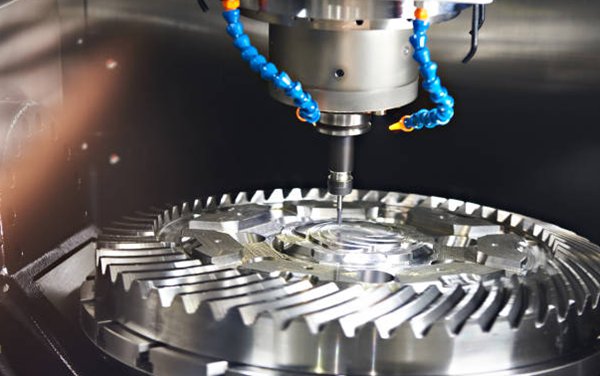
Works with a Wide Range of Materials
Renewable energy involves the use of weather elements like water, wind, and sunshine. Hence, materials used in making these parts must be resistant to the effects of these elements. One of the best things about CNC machining has to be its versatility as it can machine parts of various materials including, metal, and plastic.
Efficient and Rapid Production
CNC milling and turning machines provide incredibly quick manufacturing and may operate continuously around the clock with little human involvement. Today, many machine shops use CNC technology to operate effectively and continuously. These machines produce high-quality CNC-machined components in less time while maintaining quality even during complex machining.
Eco-Friendly Production
Manufacturers encourage eco-friendly production in CNC machining. With lean manufacturing, there is a reduction in waste produced and energy consumed during the manufacturing process. CNC machining is also encouraged the use of recyclable and reusable materials like metals and plastics during production.
Challenges And Considerations In CNC Machining For The Energy Industry
There is so much potential for CNC machining in the Energy industry. However, this potential is marred by some challenges.
Cost
The cost here is all-encompassing, considering the initial investment into purchasing CNC machines tailored to the Energy industry. It also considers the cost of purchasing software required by the machine to function properly and the cost of training or hiring professional operators.
Overall, cost poses a major challenge to CNC machining adoption in the Energy industry.
Design Complexity
There are some design obstacles associated with CNC operation. For instance, CNC machines find it difficult to produce parts with internal corners, hollow features, and undercuts without supplementary tools. So when producing parts for the energy industry with these design features, the machine would require additional setups, secondary operations, or tool changes, which influences production cost and time.
Difficulty Associated with Chosen Material
The materials required by the energy industry usually have spectacular hardness and toughness. These materials make machining challenging as they wear down tools rapidly, thus increasing tooling costs. Also, when subjected to cutting pressures, these materials deflect or distort the tooling, resulting in inaccurate dimensions and uneven surfaces.
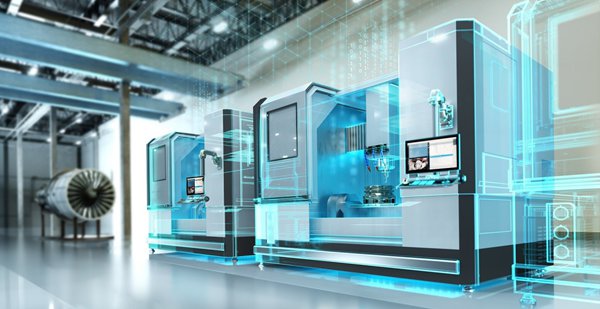
The Future Of CNC Machining In The Green Energy Industry
The renewable and green energy sector is only anticipated to expand. Governments are not the only ones focusing on green practices because customers also demand that businesses operate with renewable energy. As more nations strive for policies to encourage sustainable energy, industries, and businesses must do the same.
It has become vital to incorporate an environmental-friendly approach to product manufacture, regardless of the company’s industry. As a result, CNC machining is swiftly emerging as a pillar of the environmental movement. This place set CNC machining at a great advantage to overtake other options for producing green energy parts thanks to its capacity to produce accurate, high-quality parts and components.


